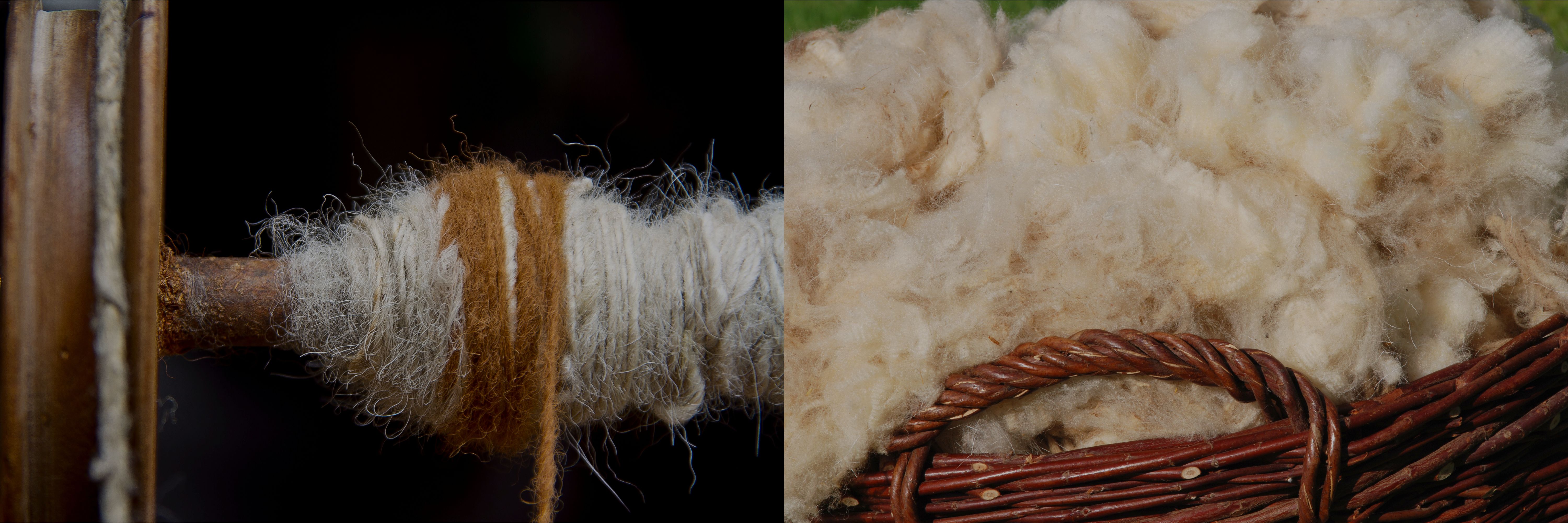Free delivery over $175 before taxes in Quebec (some conditions apply)

Yes, more than three million pounds arrive each year from across Canada to be graded at Carleton Place, Ontario, the national headquarters of the Canadian Co-operative Wool Growers Limited. The cooperative, owned by farmer shareholders, was established in 1918 to sell Canadian fleeces. It occupies a large, century-old stone building, erected by the railway in 1887 for locomotive repair. Traces of the building's former purpose still remain.
Guided tours of the grading operation are available weekdays between 9 a.m. and 5 p.m. Advance reservations are recommended. Wool is graded year-round.
The Wool Growers Wool Shop, Real Wool Shop, and the CCWG Farm & Equestrian Shop share this historic location and are well worth the visit. Only a half-hour drive from Ottawa, Canada's capital.
Canadian wool to market
Sheeps
The first French settlers brought sheep to Canada around 1650. The Canadian sheep population has become more diverse over the years, now numbering over one million, with the largest flocks located in Quebec, Ontario, and Alberta. Most Canadian sheep are raised for meat. The Suffolk, Southdown, Hampshire, Dorset, Cheviot, Texel, and Arcott are among the most popular breeds. Wool breeds include the Rambouillet, Corriedale, Columbia, and Targhee.
SHEARING
The usual practice is to shear in the spring, before lambing. An expert shearer, using equipment similar in power to a barber's clipper, can shear a sheep in less than five minutes and produce a single-piece fleece. The fleeces are packed into bags and sent to the cooperative for grading and marketing.
Classification
The wool is weighed upon arrival at the CCWG warehouse and then graded, followed by a sample. Grading is a time-consuming and labor-intensive process. The raw wool is spread out, hand-inspected, and graded according to average diameter (microns), staple length, color, brightness, and curl (tight, normal wave). The wool is then packed into 600-1,000 pound bales and shipped to world markets
Marketing
Although the three million pounds produced in Canada represent only a fraction of the world's production, Canadian wool has a niche market due to its high elasticity. This elasticity, or suppleness, allows the wool to retain its original shape. Canadian wool is blended with wool from other countries that possess less of this desirable characteristic. Since there is virtually no wool processing in our country, only ten percent of Canadian production is sold here. Ninety percent is exported to Great Britain, France, Germany, Spain, Japan, the United States, China, and India.
.png)